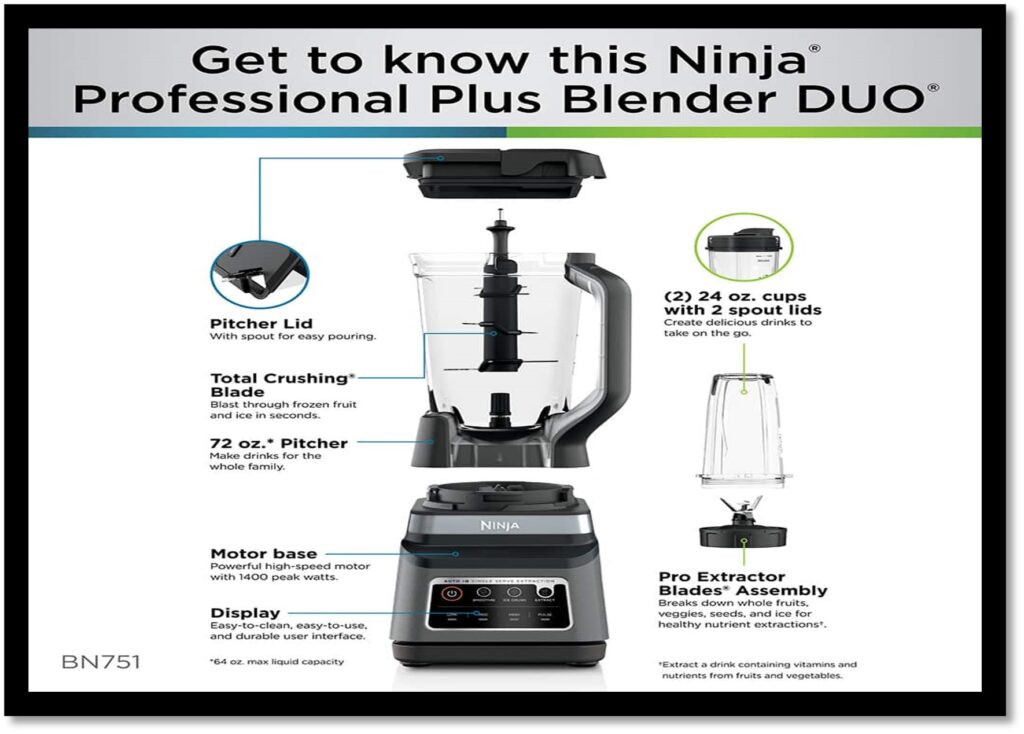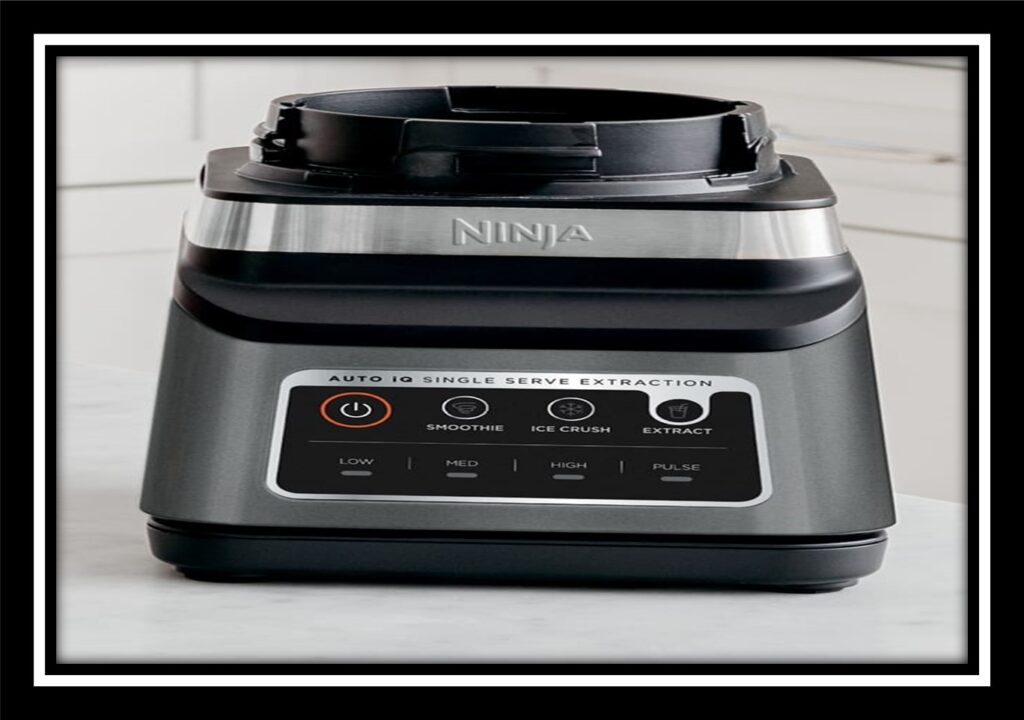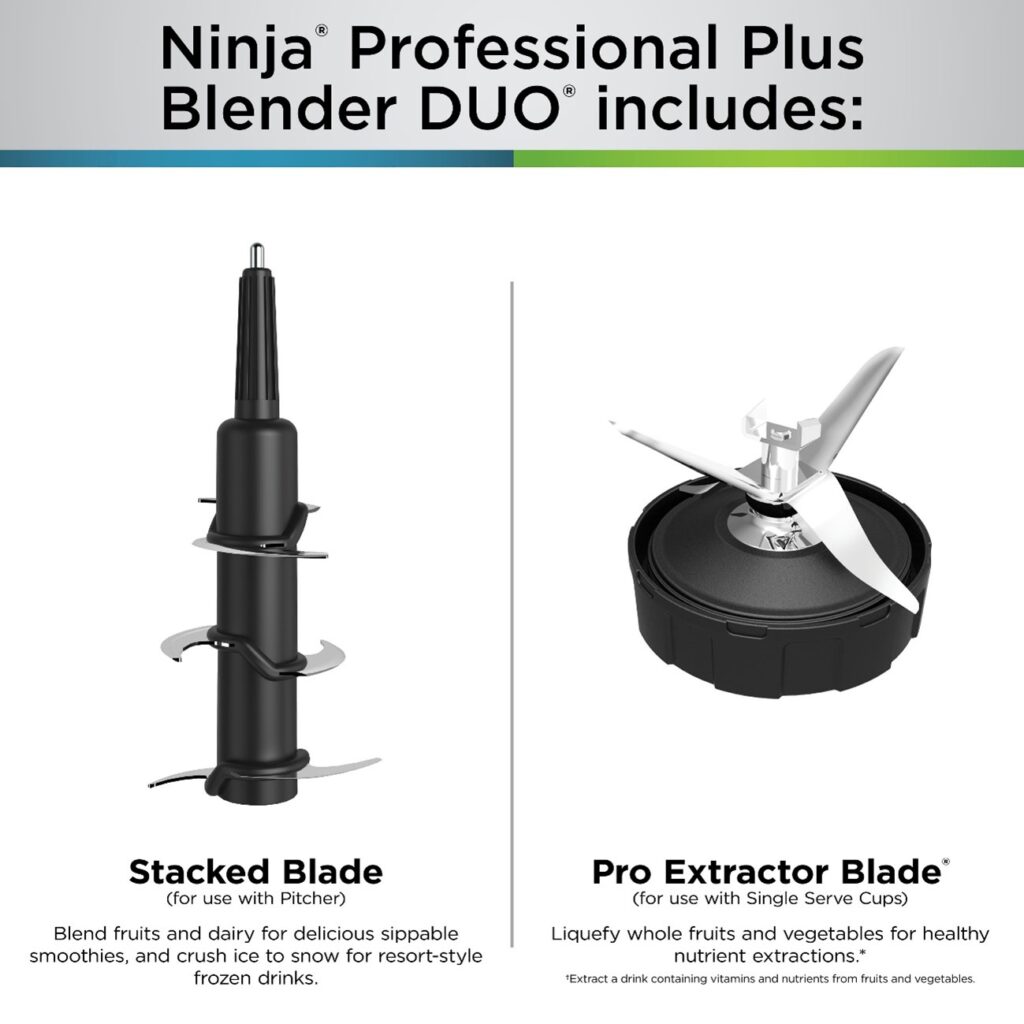Introduction
A blender is an electric device that is used to mix, purée, and blend food and liquid substances. Some items that are made with a blender are smoothies, pesto, sauces, etc. Common components include a motorized base unit with a control panel, a mixing container, and a cover. The blender was first invented in 1922 by the Polish American scientist, Stephen Poplawski. He created the device by connecting wires to blades and making it spin. The blender has revolutionized how we make food and beverages in the kitchen, making it a crucial invention. Many food preparations were very time-consuming and involved a lot of manual labor before the blender was invented. The appliance was first commercialized by Fred Osius after he had partnered with Hamilton Beach Manufacturing Company. This made blenders a household appliance. The blender was later improved by Fred Osius in 1935. (Jenkins, N., et al, 2021).


Figure #2 – A modern-day model
The Motor
The motorized base of the blender contains a motor, which powers the blades that are located at the bottom of the blending jar. TheNinja model blender’s motor has 1400 peak watts. This translates to a higher power and better performance. The higher the wattage, the more power a blender has. This can allow for a very equal and smooth emulsion of ingredients. This is crucial when making recipes such as smoothies with frozen fruits. The motor base controls the speed and keeps the blade attached to the blender.
The Display
The Display of the motor base provides various options. The control panel typically includes buttons or knobs that allow the user to adjust the speed of the blades, as well as other features such as pulse mode, ice crushing, and smoothie making. Pulse is when the blades spin for as long as the user holds or presses on the button. This can be done in a series of short intervals for a chunky texture. Low, medium, and high are the speeds of the blades. This means that with low power, the blades will start to liquify the ingredients but everything will be liquified at high speed.

Figure #3 – Motor and display
Blades
The blades play a crucial part in the function of the blender. They decide how small the ingredients are emulsified. The stacked blade creates a thicker, more texture emulsion, like a smoothie. The extractor blade completely liquefies the ingredients, making juice. Some blenders have multi-level blades that can crush ice and make smoothies, while others have specialized blades for grinding spices or chopping vegetables.

Figure #4 – Two types of blades
The Pitcher and lid`

Figure #5 – Jar and lid
The blending jar typically has a capacity between a few cups and several quarts and is made of a sturdy substance like glass or plastic. Additionally, it has a lid that securely fits over the jar’s top and often has a center cap that can be removed to let ingredients be added while the blender is running. Smaller pitchers are typically used for smoothies and sauces.
References
- Jenkins, N. (2021, July 16). History of the blenders. BlendersHQ. Retrieved February 26, 2023, from https://blendershq.com/home/about-blenders/history-of-the-blenders/
- Blenders, Air Fryers, indoor grills, Cookware & More – Ninja. NinjaKitchen.com. (n.d.). Retrieved February 26, 2023, from https://www.ninjakitchen.com/
- Team, B. O. (2023). The history of the blender. Blenders Online. Retrieved March 5, 2023, from https://www.blendersonline.com.au/blogs/blog/the-history-of-blenders
Self-reflection
As someone who enjoys cooking and experimenting in the kitchen, I have found blenders to be an indispensable tool in my culinary endeavors. Before learning about the history and mechanics of the blender, I had taken for granted how much this device has revolutionized the kitchen. The invention of the blender has paved the way for countless innovations in food preparation and has saved us a significant amount of time and manual labor.
One of the most interesting aspects of blenders that caught my attention is the motor and its importance. The higher the wattage, the more powerful a blender is, allowing for a smoother emulsion of ingredients. My Ninja model blender has a motor with around 1000 peak watts, which has undoubtedly made a difference in the consistency of my smoothies and sauces. The control panel allows for customization and versatility in my food preparations.
Overall, learning about the history and mechanics of blenders has given me a greater appreciation for this indispensable kitchen tool. I have found that blenders have increased the efficiency and ease of preparing food, allowing for endless culinary possibilities. I plan to explore and experiment with different blade types and the various options on my blender’s control panel to create new and exciting recipes.
In conclusion, blenders have become an integral part of modern kitchen equipment, and their importance cannot be overstated. They offer limitless opportunities for culinary inquiry and experimentation, and their interesting histories and workings shed light on their significance.

